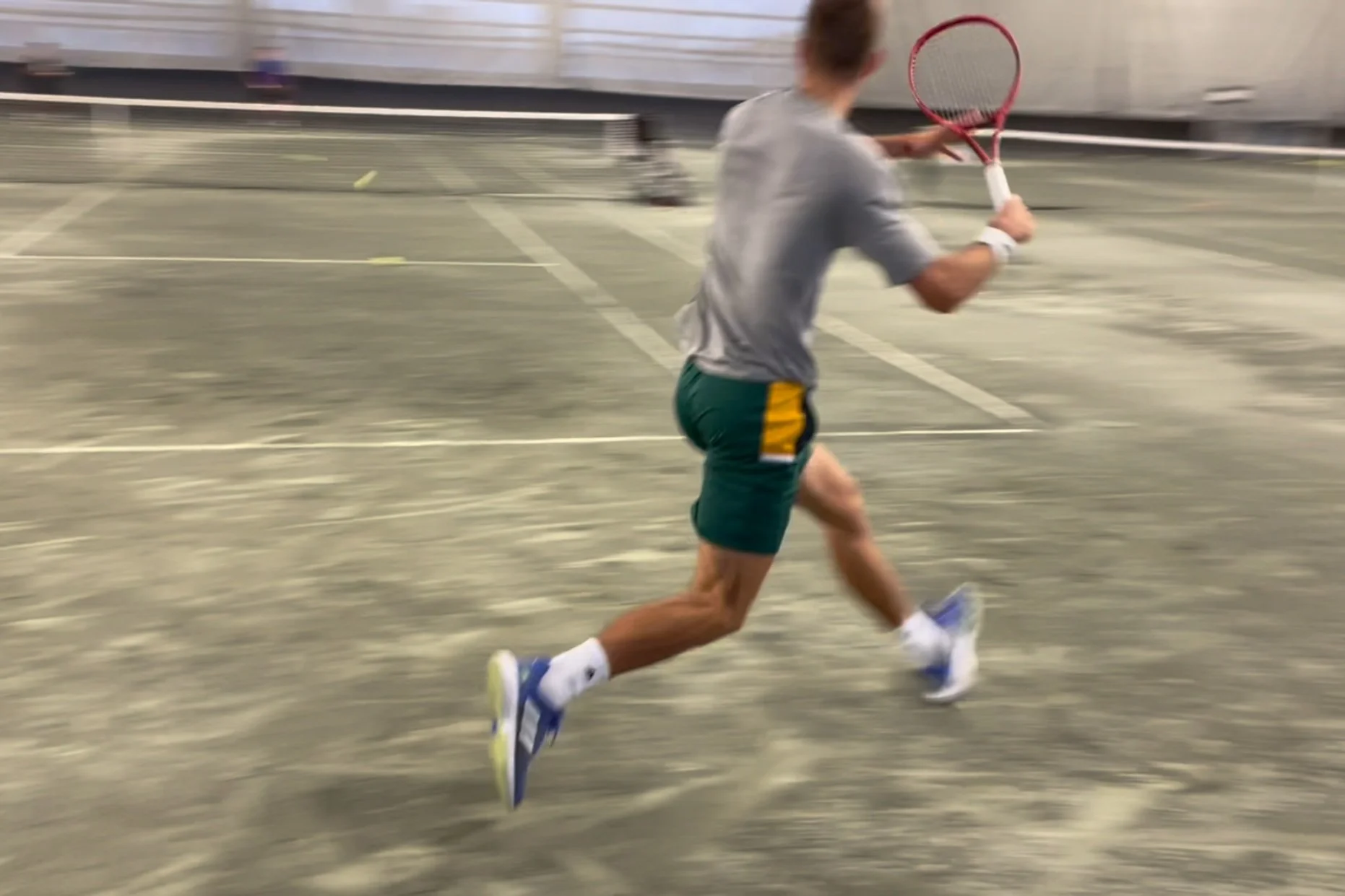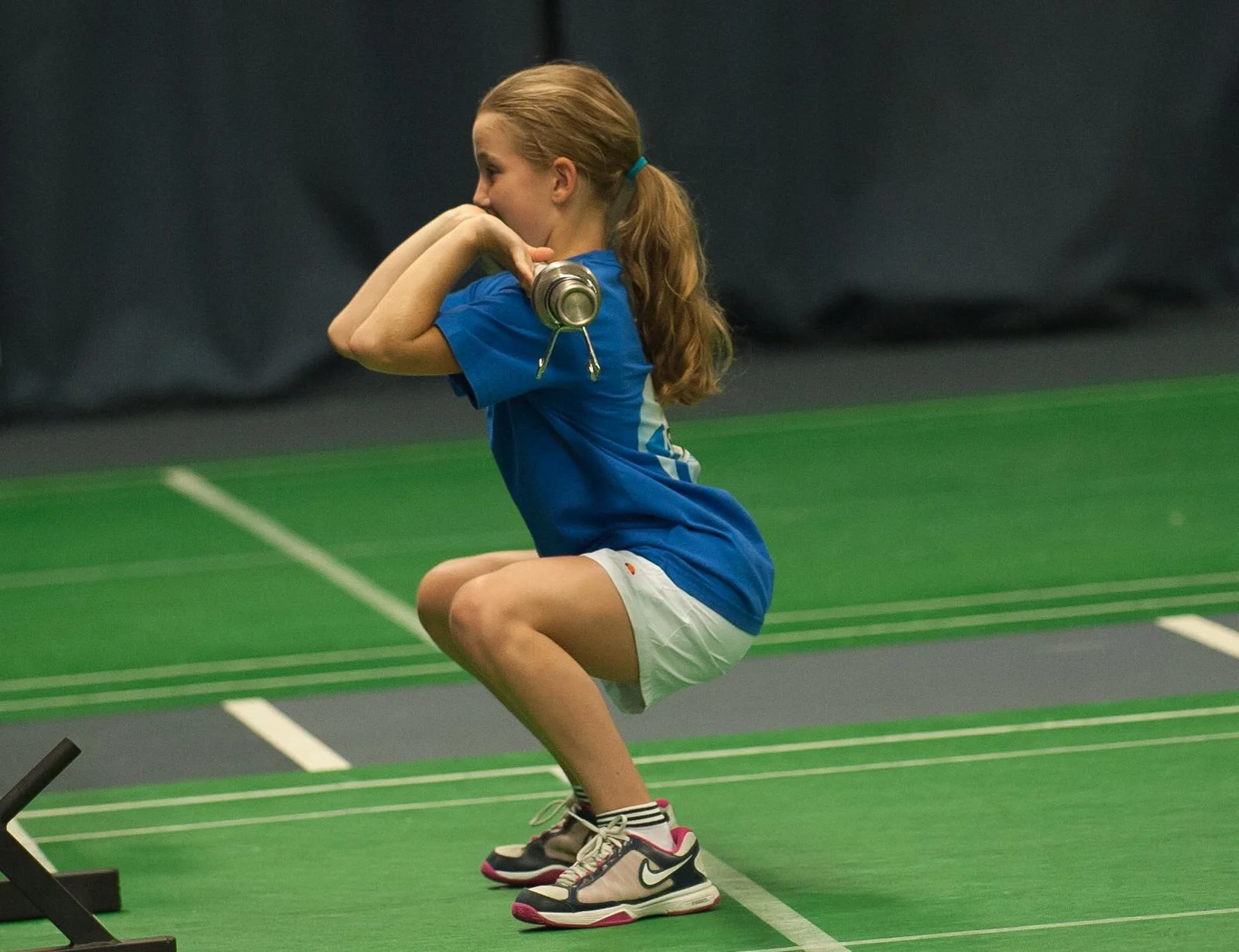I received several replies and comments from last week’s post on ‘why was I late’. Some of these were more ‘technical’ in nature. Others focused on the perceptual abilities that tennis demands (which if you haven’t noticed already, I can’t stress enough).
Viewing entries tagged
technique
Over the last few weeks, I’ve had the chance to play more tennis. More than usual anyway. And it’s been really great (although I’m not in as good of shape as I thought I was!). The truth is, I’ll be 35 this year, which means I could, in theory, play senior ITF events. Maybe I will, who knows.
I recently wrote an article for ALTIS - an education platform & elite athlete training facility - where I outlined how I use their Kinogram Method with tennis players.
What I didn’t do in that post, however, was show a step-by-step approach of how to actually develop a kinogram - which is what I’m going to do here.
By this point, if you’re a tennis player, it’s no secret that you’re itching to get on the tennis court. Who wouldn’t be? It’s that time of year. Warmer weather. Flowers blooming. Outdoor tennis is around the corner.
Unfortunately, however, many players go about it the wrong way. Most, after a long layoff, are so eager to get back to the tennis court, they schedule multiple sessions that first week. Not only that, they’re so fired up that they hold nothing back. Running from side to side, hitting with that new found strength they’ve developed over the winter.
Many in tennis are fanatical about technique. Everything from a player’s grip, to their elbow placement on the forehand, to the degree of knee bend on the serve and everything in between. Some coaches take it to the point where you need a ruler, a protractor (and perhaps a PhD) just to analyze a basic groundstroke.
While I too believe that technique and mechanics play a vital role when it comes to playing high calibre tennis, we must respect the uniqueness of each individual. Take any 2 players on tour and compare them side by side, you’ll notice that variations exist - even when attempting to execute the same shot!
’ve received many questions of late and thought it might be interesting to share some of them in a post, along with my thoughts on some key topics. These queries come from players, coaches and even tennis parents.
As you read along, keep in mind that a lot of scenarios are circumstantial, so there could be more than one answer to a particular query. That being said, I will give the most direct, evidence backed response, that I possibly can.
I’ve previously written about the split step and it’s importance to successful movement - and ultimately, shot execution - in tennis. But do we truly understand what factors contribute to an effective split step? Why we should devote serious attention to it? Or even more, how to best train it?
Before we get into the details, you should know that there are 3 primary components that make up the split step:
The serve is arguably the most important stroke in tennis - and the one in which players have the most control over. In today’s game, speed is a primary factor for players aiming to develop a potent service weapon. While I personally don’t believe speed is the only strategy of choice on the serve, it’s hard not to see value in gaining velocity on this stroke.
When looking at increasing serve speed, we should consider what it is that enables players to add considerable miles per hour. In other words, what qualities does serve speed (we’re talking first serve here), consist of? Is it strength? Flexibility? Balance?
Imagine this scenario. An amateur player takes a lesson from a coach with the hopes of hitting a forehand like Roger Federer.
Let’s say the coach plays along. He/she presents a sequence of images to the amateur in order to see exactly the various phases of Roger’s forehand. Next, the amateur performs shadow swings, going through each position as carefully as possible. The coach then feeds the amateur a few balls, providing feedback ONLY on how close the stroke looks to Roger’s.
This is the final part of a series of posts on change-of-direction (COD) in tennis…for now anyway. While we’ve touched on a number of key aspects of COD, researchers are only beginning to uncover the complexities of this athletic quality. This week’s post will briefly highlight why many in the tennis world believe that strength training doesn’t have a place when it comes to improving COD ability - and how the landscape has changed; and why straight line sprinting, although initially proposed as a key factor in COD ability, doesn’t really correlate after all. We’ll finish up with some practical examples of how purposeful strength training means can improve each phase of COD - the deceleration, planting and propulsive phases.
This is a follow-up to last week’s article. This post will attempt to clarify the misconception that dynamical systems theory (DST) and nonlinear pedagogy (NLP), which for the sake of simplicity I will use interchangeably, are solely game-based approaches to coaching. To highlight this fallacy, we’ll define both open and closed skills - which is often a poorly understood topic in and of itself. Finally, we’ll take a look at the complexity of learning through the lens of fixed versus variable movement patterns - what they are, how they’re developed and why both are necessary qualities for skilled movement execution.
When I was a teenager, I left home to train at a tennis academy - about 2 hours away from my family. I grew up in a small city where there was 1 outdoor tennis club and no indoor tennis - which is why I made the move. Growing up and playing at a small club, with no junior program, you tend to get friendly with older adult members. Most of my practice partners were over 35 with many above the age of 50. When I told them I was leaving, they said one thing that stuck with me until this very day - “hopefully they build on the game you have, rather than changing all of your strokes at once”.











